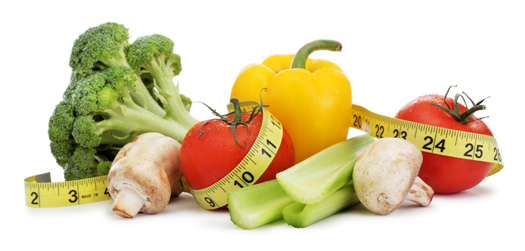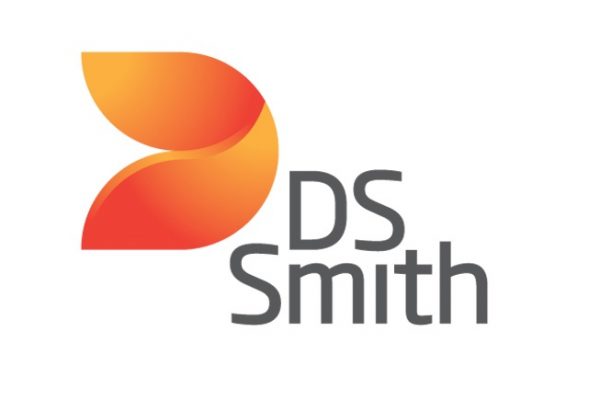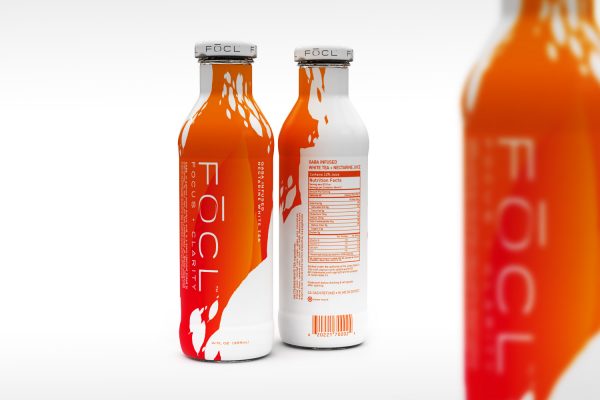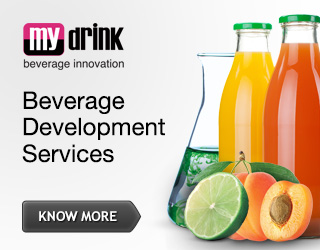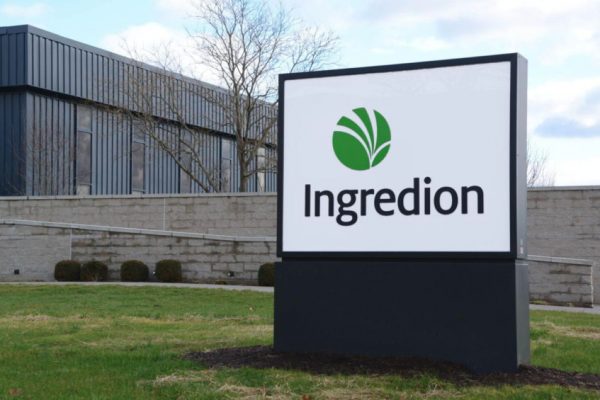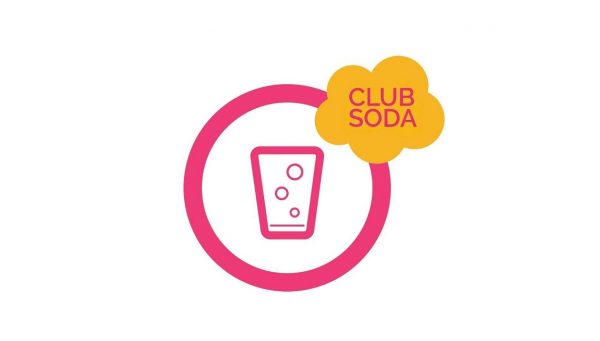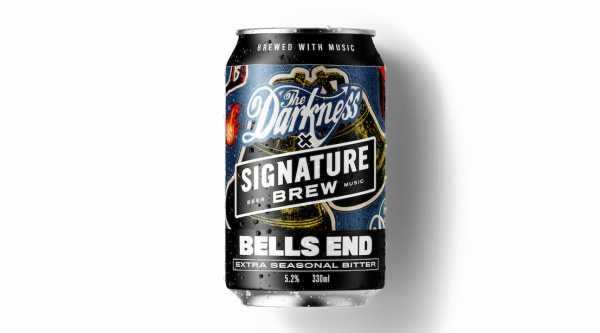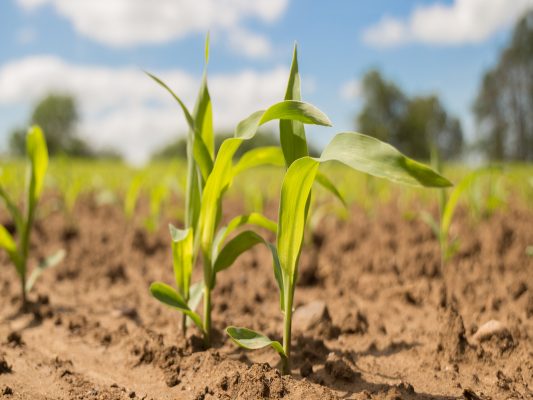How To
Your Second Beverage Production Run is Looming, Now What?
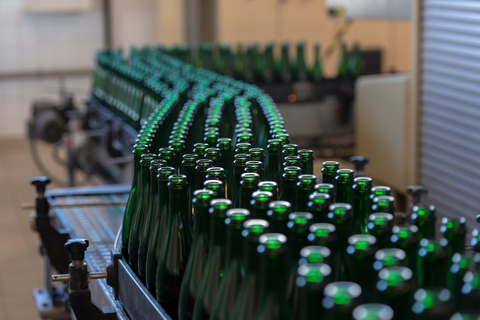 Your dream is reality. You’ve completed your first commercial production run and your product is selling quickly. Consumers are loving your beverage and are thirsty for more. So, what’s next? It’s time to start thinking about a second run.
Your dream is reality. You’ve completed your first commercial production run and your product is selling quickly. Consumers are loving your beverage and are thirsty for more. So, what’s next? It’s time to start thinking about a second run.
As your brand continues to grow and you start to produce more, keep the following tips in mind:
1. Anticipate Your Cash Flow
Many brand owners struggle with cash flow in the beginning. There are significant start-up costs to launch a beverage brand. Many of these expenses require pre-payment.
For example, if a brand owner is scheduled to produce for the first time mid-May, pre-payment for that run is often due the 10th of April. Most distributors negotiate payment terms with brand owners, such as Net 30, spreading cash flow over 60 days. This causes the second run funding to be required before the brand owner sees payment back from their entire first run.
2. Plan for Artwork Changes
Another unexpected item is the financial impact of artwork changes. Packaging changes are inevitable while launching a brand-new product and being aware of downstream revisions can be helpful. Seeking expert advice and market testing are the best ways to minimize the number of changes by incorporating all revisions at once. This will mitigate the cost of print plates and leftover, old packaging.
3. Know the Shelf Life of Your Raw Materials
It’s important to be aware of the shelf life of your raw ingredients. After any production run, there will be left over materials. Order quantities, denominations, loss rates, and batch sizes will never match up perfectly. If extra materials expire before the next production run, it will be necessary to order more, increasing potentially avoidable costs.
4. Understand the Seasonality of Your Beverage
Knowing if there is a seasonality to your sales will help determine the size of the second run. For example, if your beverage will be popular in the summer and you produce in the spring, your inventory will sell out quicker than in colder months. If you produce in fall thinking your sales will be consistent with July, you may be at risk of carrying a surplus of inventory and potentially run into shelf life issues.
5. Remember to Forecast
Many new brand owners are so busy marketing and selling, that forecasting is given too little time. It is one of the most important things you can do to help your brand thrive and grow. In addition, providing a forecast to vendors helps you look experienced and professional. A rolling 90-day forecast will help you better plan production, manage cash flow, and negotiation better raw material pricing with vendors. Remember a rough forecast is better than none at all.
6. Always Have a Contingency Plan
Planning for market increases on packaging and ingredients can save your business money in the long run. All brands, big and small, experience price increases. Experts recommend anticipating a 3-5% of Cost of Goods Sold (COGS) increase each year. November and December are the month when new prices are usually set.
Launching and growing a new business is always a challenge but learning and planning as much as possible up front will save you frustration and financial distress in the future.
Original article was published in BevSource website.

